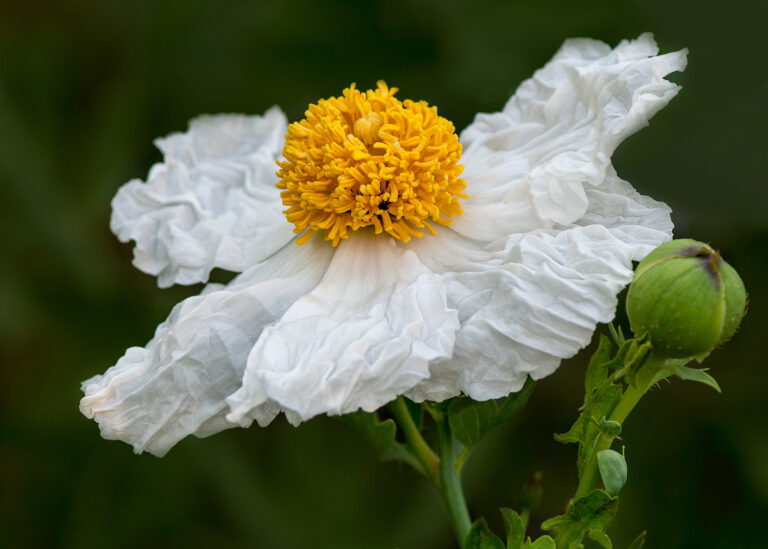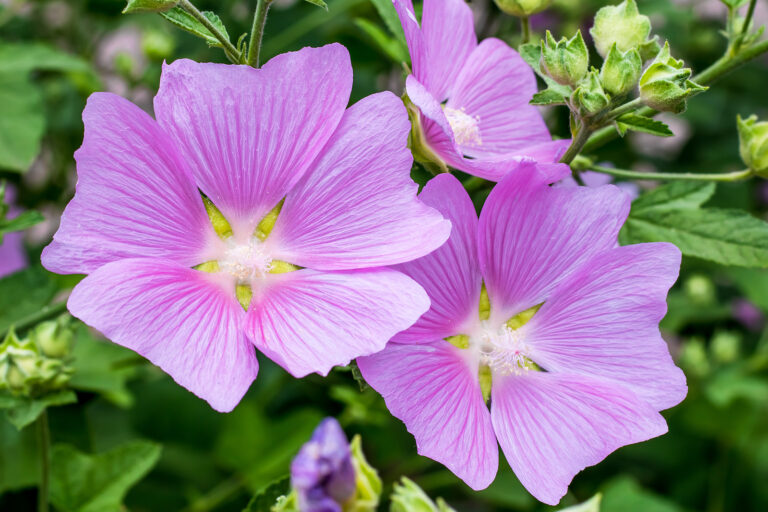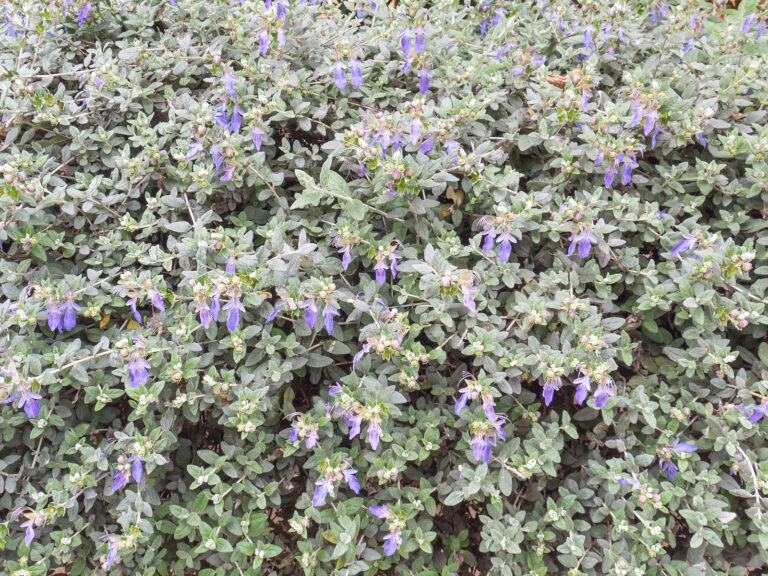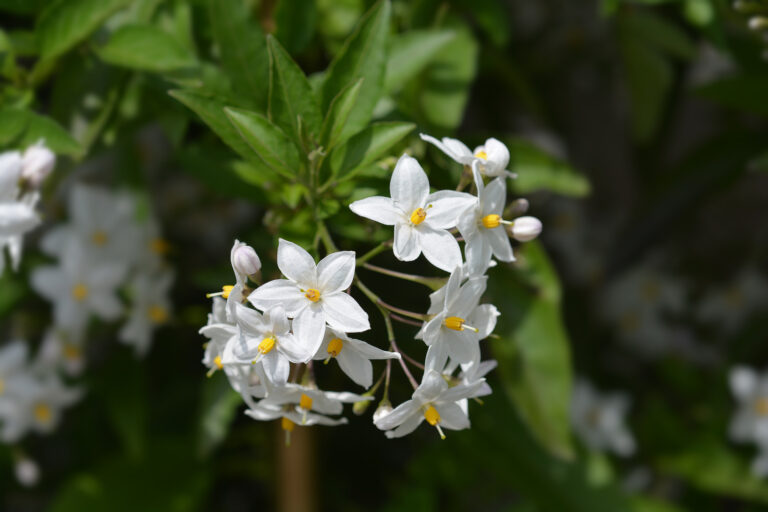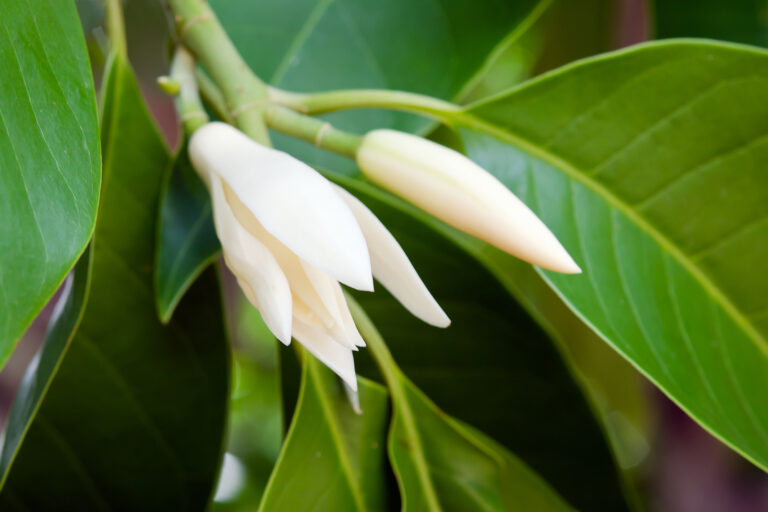How to Grow Romneya – Matilija Poppy
Romneya–commonly called Matilija poppy–is a perennial sub-shrub that bears showy white flowers with yellow centers that look like eggs cooking sunny-side-up. Romneya has large pinnatifid, irregularly lobed gray-green leaves. Romneya prefers regular water, but once established, it will tolerate drought. Romneya blooms from late spring into summer; with regular water, Romneya will bloom into autumn….

